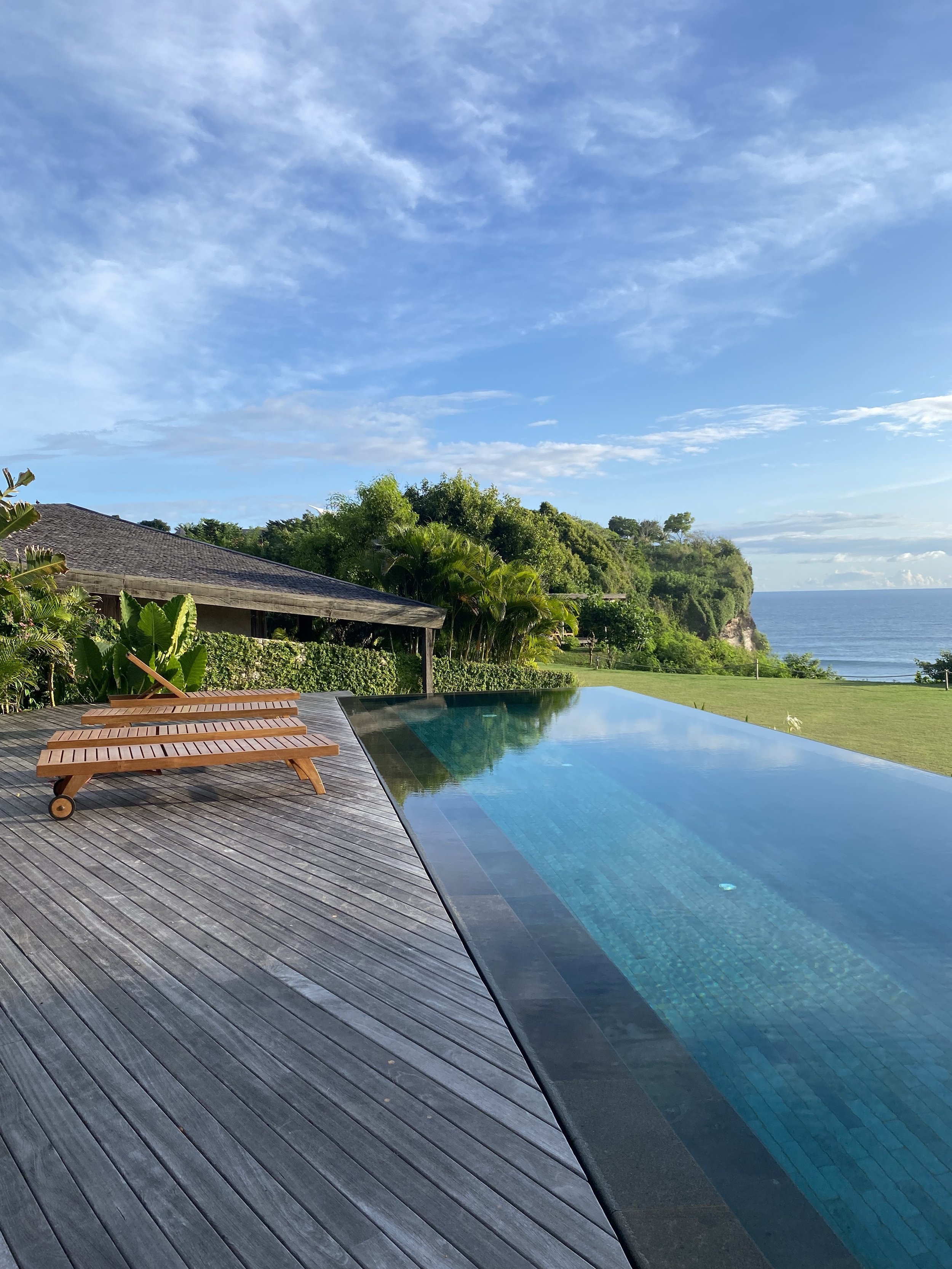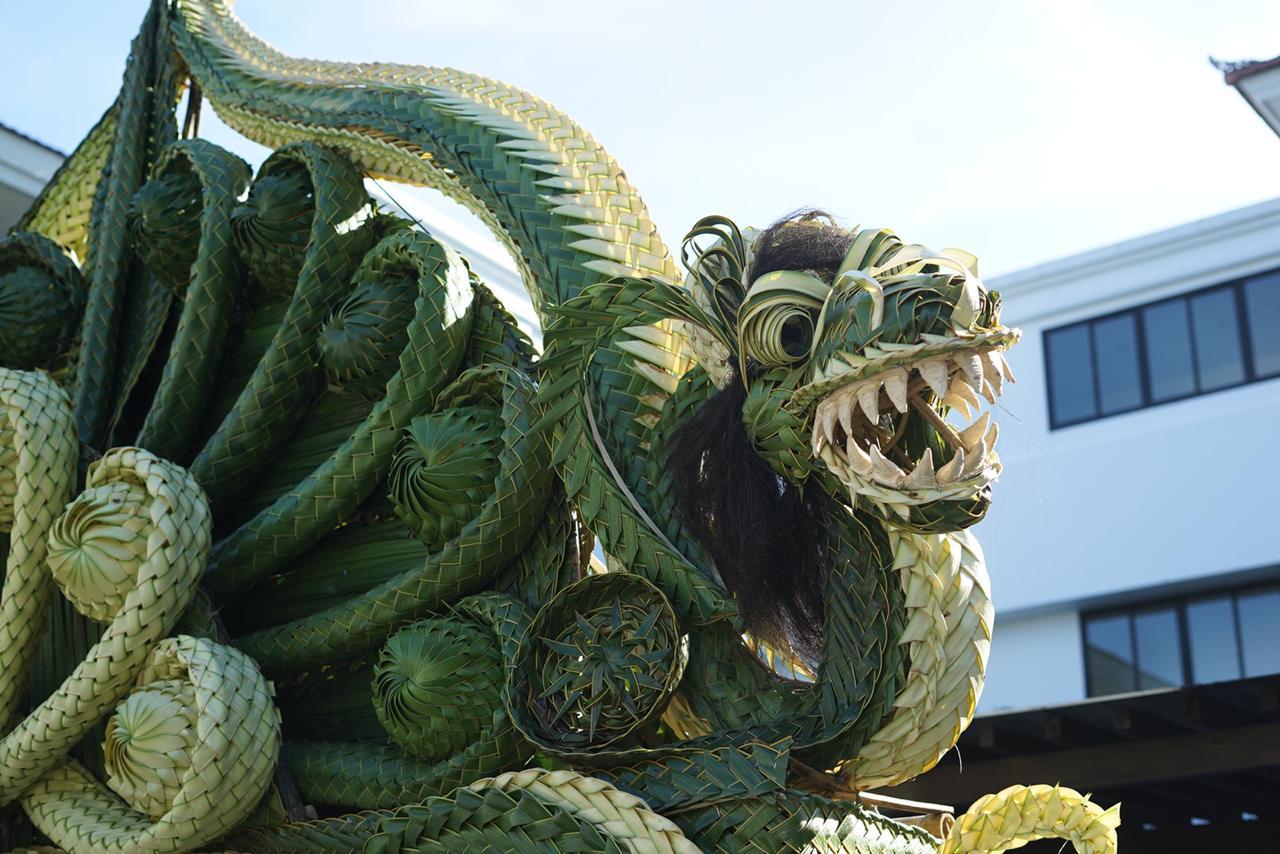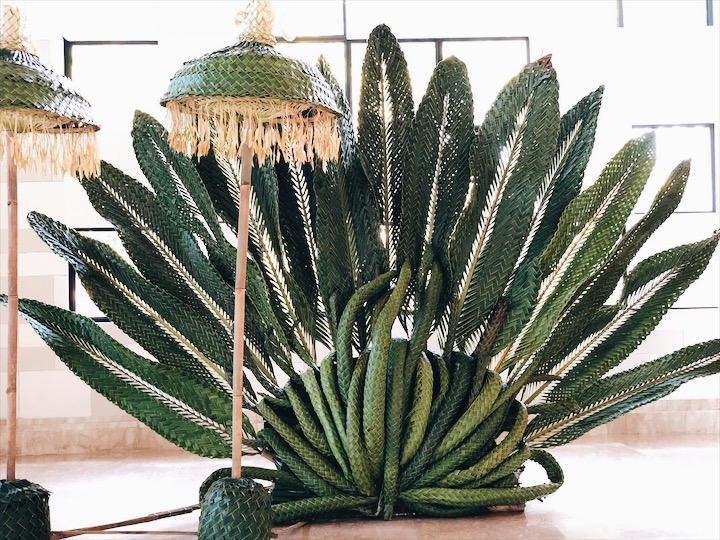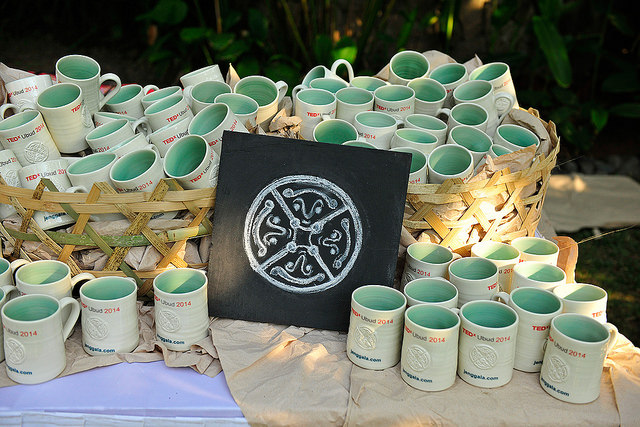Behind the design: Custom gifts and merchandise for events and brands
/We’ve been lucky to work with several brands and events over the past years to create custom and branded gifts for their clients or event attendees. Elami Productions transforms moments into lasting memories through immersive event experiences in Bali. Building on our expertise in event design and production, we now extend our vision to bespoke gifts and merchandise that tell your Bali story. Whether for a special room drop, event gift bag, or an attendee present that is part of the event experience, we can make suggestions to find your perfect match.
We offer a few different options, including branding our existing designs, or starting from scratch. Below is an example of an existing design branded by a Uluwatu hotel called Asa Maia for guests gifts.
Working with Bali's finest artisans, we create customized pieces that honor local craftsmanship while meeting contemporary design sensibilities for corporate gifts.
Above all we value:
- Authentic cultural connections
- Sustainable production practices
- Artisanal quality
- Innovative design
- Community impact
Below is a Balinese tridatu bracelet made with sterling silver clasp and charm with a stamped company logo. This was handmade by traditional Balinese silversmiths to give to guests attending an incentive event.
From concept to creation, each piece reflects our deep understanding of Bali's rich artistic heritage and our clients' contemporary visions. Whether designing for an intimate gathering or a grand corporate event, we ensure every element – from the event experience of receiving the gift to the take-home pieces – weaves together seamlessly.
Our merchandise range include:
- Custom-designed and branded event keepsakes
- Limited edition collaborative pieces
- Branded merchandise that tells your story
- Event-specific commemorative items
Below is a handmade paper and wood fan with original prints featuring a company-specific pattern and branded on the edge of the fan with the company logo.
It’s not just the gift, but how it’s presented to the guest. below is a traditional weaving loom set up at an event where guests could see how the traditional Balinese scarf they received was made in front of their eyes, making it more meaningful and memorable.
Drawing on our established relationships within Bali's creative community and our experience working with international brands, our merchandise and gifts resonate with both local and global audiences. Each project is approached with our famed attention to detail and commitment to sustainability, ensuring that every item not only delights its recipient but also honors Bali's artistic legacy and natural resources.
With Elami Productions, your event story continues long after the last guest departs, living on through thoughtfully crafted pieces that capture the essence of your special moment in Bali.



































































